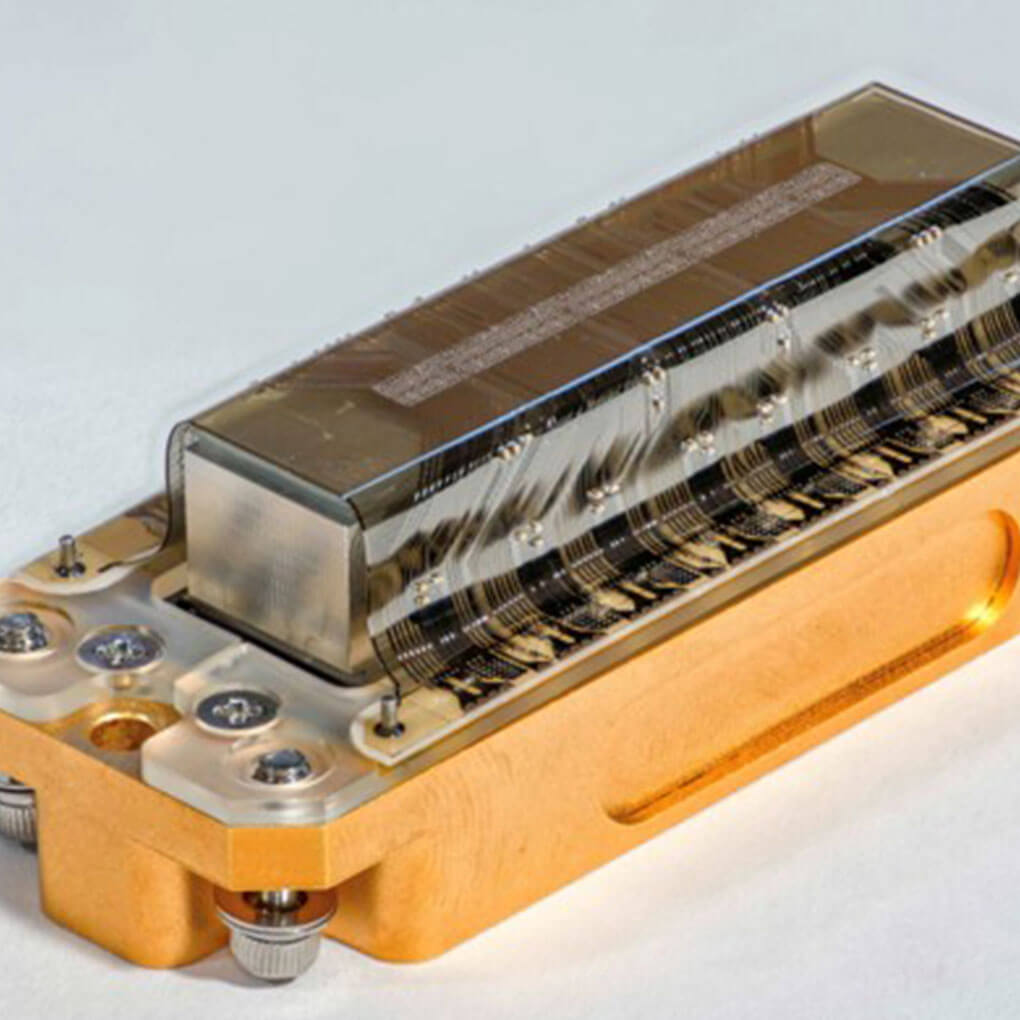FormFactor’s Kevin Ayers and Ryan Garrison have written an article now appearing in Chip Scale Review –Drivers for RF Wafer-Level Test – that addresses the increasing demand for wafer-level testing in the mmWave and sub-7GHz frequency ranges. This demand is driven by applications in smartphones, vehicles, satellites, and various consumer electronics such as smartwatches and VR headsets. These technologies require on-wafer testing at high frequencies (up to 55 GHz) to ensure that the integrated RF modules meet performance standards.
Some of the key points:
Market Drivers:
The need for mmWave and sub-7GHz wafer-level testing is rising across several industries:
- Smartphones: Antenna-in-Package (AiP) modules in high-end smartphones require testing at frequencies up to 55 GHz before integration.
- Automotive and Satellite Communications: Advanced communication standards like V2X (Vehicle-to-Everything) and satellite communications demand precise RF testing for vehicle connectivity and satellite internet systems.
- Consumer Electronics: Devices like smartwatches, VR headsets, and connected home gadgets rely on wireless chips, which need efficient, high-volume testing to meet consumer price targets while maintaining product quality.
Challenges in Testing:
As RF chips become more complex and widespread, reducing the cost of testing is critical. FormFactor addresses this by:
- Increasing Test Parallelism: They develop probe cards with larger probe heads, allowing simultaneous testing of multiple sites on the wafer, improving efficiency and reducing costs.
- Maintaining Probe Precision: Larger probe heads mean higher system forces and deflections, requiring more precise control to avoid damaging the probes or compromising test accuracy.
Innovative Testing Methods:
To improve testing, the article introduces a new method for measuring AOT/POT (Actual Over Travel / Programmed Over Travel). Traditional methods (like the clay puck and push pin methods) lack precision or compatibility with modern probe heads. FormFactor’s solution uses a capacitive distance sensor, offering:
- High precision and fast data sampling, which enables more accurate control over probe forces, preventing poor contact or probe damage.
Transient Response Testing:
The high data sampling of the cap sensor provides new insights:
- Probe Tip Penetration: Measures how probe tips penetrate solder bumps during testing.
- Prober Bounce: Detects small oscillations or “bounce” in the probe’s movement that can impact probe card lifespan, allowing for corrective action.
Cleaning Concerns:
The sensor also helps identify issues during probe tip cleaning, like excessive over-travel, which reduces probe lifespan. By detecting these problems, customers can adjust settings to prevent unnecessary probe wear.
In summary, the article underscores the effectiveness of FormFactor’s new capacitive distance sensor in improving the accuracy of wafer-level RF testing. By precisely measuring AOT/POT and identifying potential transient issues, FormFactor can offer optimized testing solutions, ensuring efficient, reliable, and cost-effective RF chip production. The new testing methodologies provide better control over probe forces, reducing probe wear and enhancing test accuracy, making it easier to meet the growing demands of high-frequency RF device testing.
This approach aligns with industry trends that call for increased test precision, reduced costs, and higher test throughput, particularly as the RF technology ecosystem continues to grow across various sectors.
